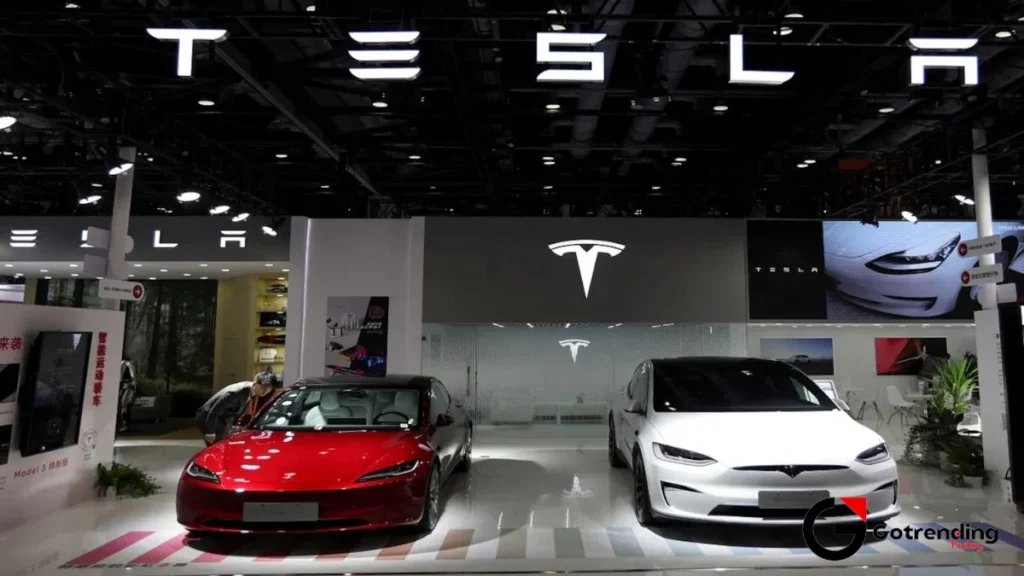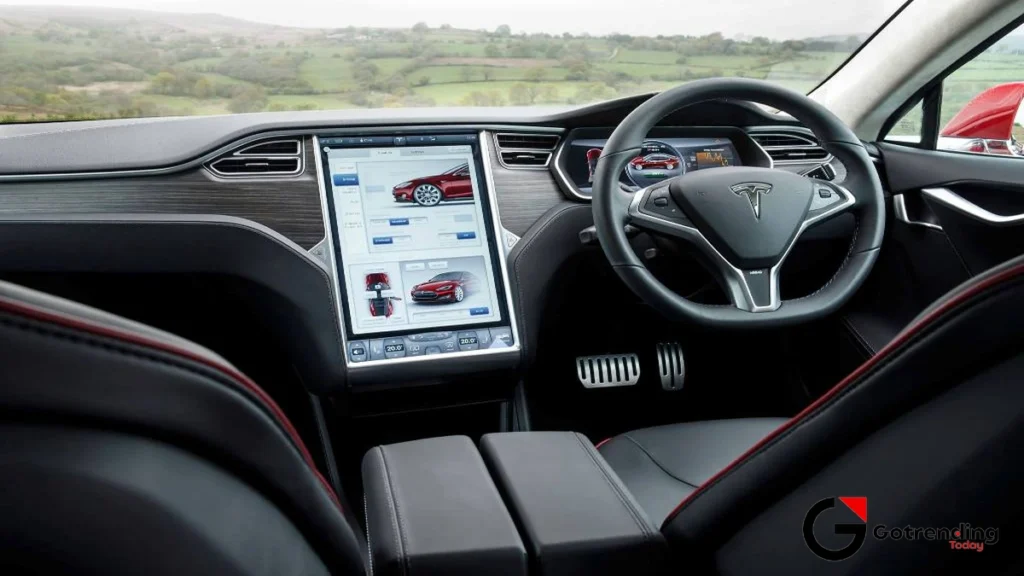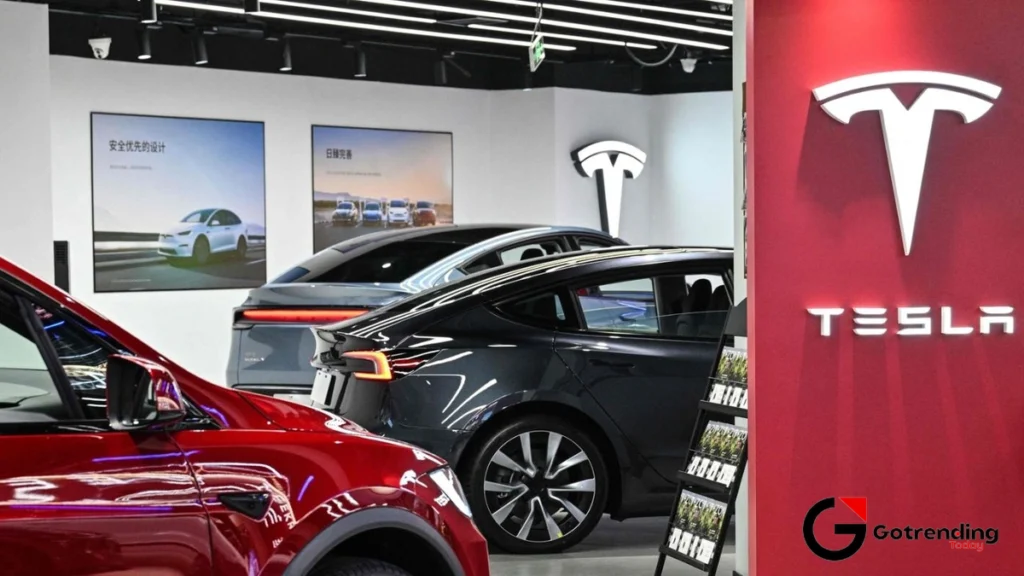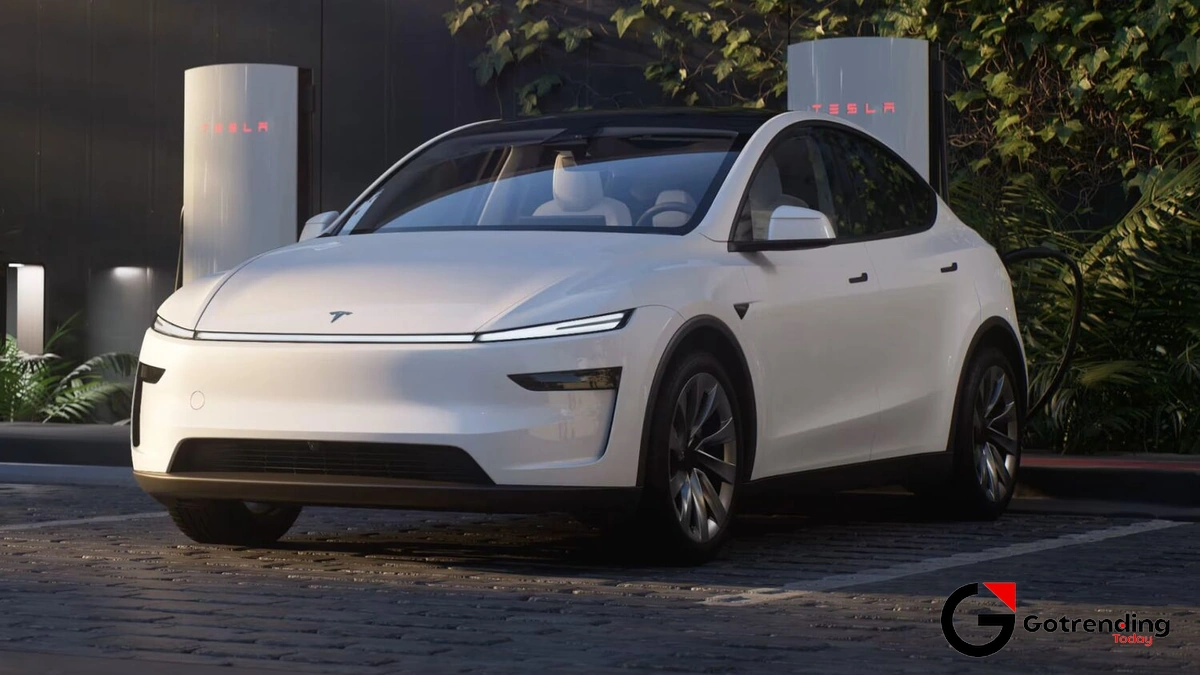The Never-Ending Story | My Thoughts on the Whole Tesla India Saga
Let’s be honest. Following the Tesla India story is like watching a TV series that’s been renewed for way too many seasons. The plot twists are predictable, the main characters say the same things over and over, and yet, we all keep tuning in. Why? Because the ending, if it ever comes, could change everything.
I’ve been tracking this whole drama for years now. I remember the initial buzz back in 2016 when Elon Musk first tweeted about a potential India launch. The excitement was electric (pun absolutely intended). We all pictured sleek Model 3s gliding silently down the chaotic streets of Mumbai and Delhi. A few years and a registered office in Bengaluru later, and what do we have? A whole lot of “will they, won’t they” headlines and a collective sense of automotive blue balls.
It’s become more than just about a car company entering a new market. It’s a symbol. A clash of titans. On one side, you have the world’s most valuable carmaker, led by a man who moves markets with a single tweet. On the other, a government determined to make its “Make in India” vision a reality. And we’re all just here, sipping our chai, waiting to see who blinks first.
And that’s the real story here, isn’t it?
The Great Indian Standoff | Taxes, Tweets, and Policy Tangles
So, what’s the holdup? If you boil it all down, it comes to a single, very expensive point of contention: import duties.

Here’s the thing. India slaps a massive tax we’re talking up to 100% on fully imported cars. The government’s logic is simple and, frankly, quite sound from their perspective. They want companies to build cars here, not just sell them here. This creates jobs, builds up the local supply chain, and boosts the economy. It’s the core of their entire industrial strategy. The government wants a tesla manufacturing plant in india before it gives any concessions.
But then you have the Elon Musk India approach. He’s essentially said, “Let us test the waters first. Let us sell imported cars at a lower tax rate, and if we see there’s enough demand, *then* we’ll consider building a factory.”
You can see the deadlock, right? It’s a classic chicken-and-egg problem. The Indian government won’t cut taxes without a commitment to local manufacturing, and Tesla won’t commit to a factory without proof of a market, which they feel is impossible to gauge with 100% import duties. The frustrating part is that both sides have a valid point. I initially thought it was just about Tesla wanting to save money, but after looking deeper, it’s a fundamental clash of business models and national policies. It’s a high-stakes negotiation that feels less like a business deal and more like a diplomatic standoff, with regular updates you might find on portals like India Today.
But What If? Imagining a Tesla Factory on Indian Soil

Let’s step away from the frustrating reality for a moment and just imagine. What if the stars align and Tesla does decide to build a Gigafactory here? The implications are huge. Just massive.
First, the location wars would be a spectacle in themselves. States like Gujarat, Tamil Nadu, and Maharashtra, which are already automotive hubs, would be falling over themselves to offer land and incentives. It would be a huge win for whichever state lands it, bringing thousands of jobs and cementing its place on the global EV map. We’ve seen how big investments can move the needle on things like the stock market, and a Tesla factory would be on another level entirely.
Wait, there’s something even more interesting here. The ripple effect. A Tesla factory isn’t just about assembling cars. It would force the entire Indian EV ecosystem to level up. Local component manufacturers would have to meet Tesla’s insane quality standards. The competition would force domestic players like Tata Motors and Mahindra—who, let’s be clear, are doing a fantastic job with their current EVs—to accelerate their own innovation. The whole conversation around the ev policy india would shift from “how do we get started?” to “how do we become the best?”
A Tesla vs Tata Motors showdown on a level playing field, with both manufacturing locally? That’s the kind of competition that benefits everyone, especially the consumer.
Price, Potholes, and Practicality | Would Tesla Even Work in India?

Okay, let’s bring it back to earth. Even if a factory is built, the question remains: is India ready for Tesla, and is Tesla ready for India?
The number one barrier is, and always will be, price. Even a locally produced tesla model 3 india would likely start somewhere north of ₹40-50 lakh. That is not a mass-market car. That’s premium, even luxury territory for the vast majority of Indian car buyers. The potential tesla car price in india is a massive hurdle, and it means Tesla would be a niche player, at least initially.
And then there are the roads. Our beautiful, chaotic, unpredictable roads. I’ve got to admit, the thought of Tesla’s famous Autopilot trying to navigate a busy junction in Bangalore or a street market in Old Delhi is both terrifying and hilarious. The system is designed for orderly lanes and predictable traffic, not for cows, auto-rickshaws, and the occasional jaywalking wedding procession. The tech would need a serious, India-specific overhaul. You can find all sorts of interesting developments in automotive technology, but nothing can quite prepare a system for the beautiful chaos of India.
Finally, there’s the charging infrastructure. It’s growing, yes, but it’s nowhere near robust enough to support a massive influx of long-range EVs. A Tesla owner’s life would be a constant game of planning routes around charging stations, at least for the first few years. While Tesla would build out its own Supercharger network, it’s a monumental task.
So, where does that leave us? Stuck in the same loop, it seems. The dream of Tesla India remains just that—a dream. It’s a fascinating case study in globalization, national pride, and the practical challenges of a complex market. Maybe one day we’ll get the final season of this show. Until then, we’ll keep watching the reruns.
Your Tesla in India Questions, Answered
So, for real, when is Tesla actually launching in India?
That’s the billion-dollar question! The honest answer is: nobody knows for sure. The timeline has shifted so many times. It all depends on the ongoing negotiations between the company and the Indian government regarding import duties and manufacturing commitments. Until they find a middle ground, any date you hear is pure speculation.
Why would a Tesla be so expensive in India?
It’s all about taxes. A fully imported car (a CBU, or Completely Built Unit) faces import duties of around 100%. So, a $40,000 car instantly becomes an $80,000 car before you even add local taxes. The only way the tesla car price in india becomes competitive is if they build it here, which is the whole point of the current standoff.
Is Tesla really going to build a factory in India?
It’s a strong possibility, but it’s not a done deal. Reports suggest Tesla has scouted locations and the government is keen to make it happen under its new EV policy. However, Tesla seems to want to test the market with imported cars first, a condition the government has been reluctant to grant. The ball is pretty much in the court of the indian government tesla negotiations.
Is Tesla afraid of competition from Tata or Mahindra?
Probably not. While Tata Motors has a huge lead in the Indian EV market, Tesla operates in a much more premium segment. It’s less about direct competition and more about market viability. Tesla’s main concern is whether enough people in India can afford their cars to justify the massive investment of a factory, not whether they can outsell the Tata Nexon EV.













